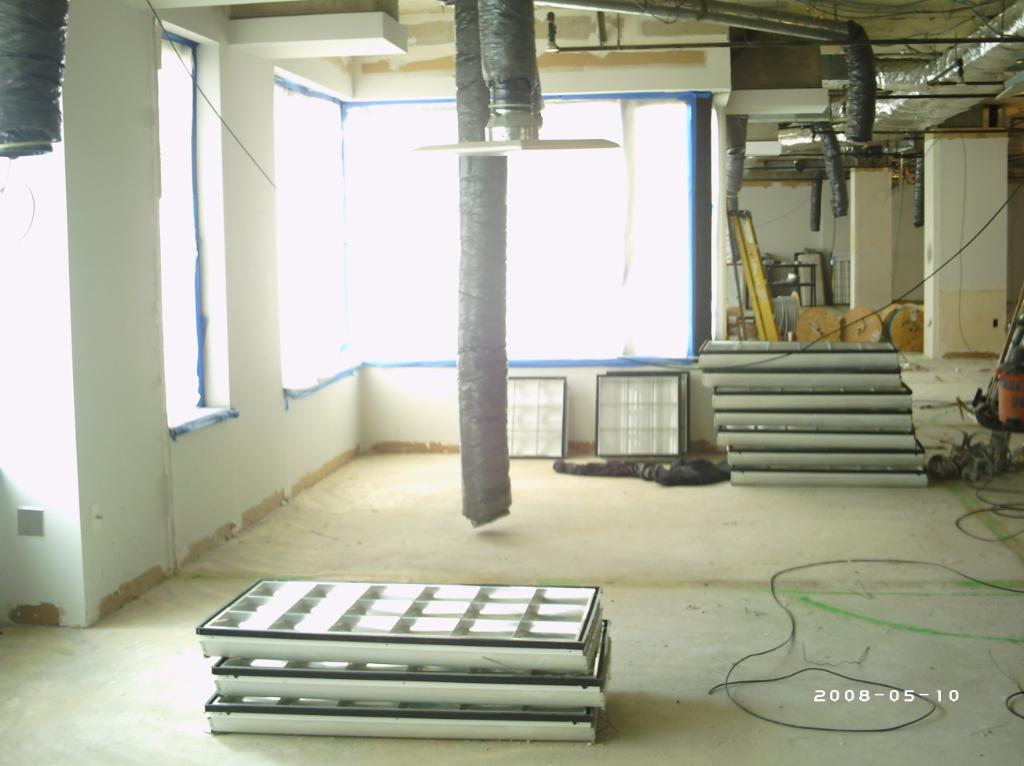
The Importance of Structured Cabling to Your Company
 Structured cabling provides consistently high performance because of its proper design and installation, which also allows for expansion and flexibility. When designed and installed by expert technicians, a structured cabling system is composed of several components that communicate with each other. As a result, it performs with efficiency and reliability. In addition, cabling can be transferred, adjusted, and expanded with ease. The system is also future proofed, so the system can evolve with technology as the company grows.
Structured cabling provides consistently high performance because of its proper design and installation, which also allows for expansion and flexibility. When designed and installed by expert technicians, a structured cabling system is composed of several components that communicate with each other. As a result, it performs with efficiency and reliability. In addition, cabling can be transferred, adjusted, and expanded with ease. The system is also future proofed, so the system can evolve with technology as the company grows.
Conventional vs. Structured Cabling
Running point to point, conventional cabling directly connects hardware by utilizing jumpers or patch cables. Differing in approach, structured cabling deploys a series of trunks or patch panels that connect to hardware. These patch panels then link to another patch panel within the Main Distribution Area (MDA), the nerve center of a structured cabling system. MACs (moves, additions, and changes) at the MDA can be accomplished with ease by using short patch cords.
Why Use Structured Cabling?
Providing a more secure, rapid, and efficient method for connecting an office, structured cabling utilizes compact and standardized patch panels connecting to the MDA. This permits easier revisions and additions. The superior organization of structured cabling lets teams address issues faster, resulting in less labor cost and downtime.
Structured cabling’s goal is a well-organized cabling system that results in rapid connections and a leaner server room. As a result, cabling requires less room and is tidier, permitting improved airflow. The regulation of temperature is optimized, which helps preserve sensitive server room equipment.
Advantages of Structured Cabling
- Cable and port tracing performed faster
- Decreased downtime due to improved cable organization
- MACs eased because of improved MDA configuration
- Reduction of cabling mass, increasing airflow and cooling
- Speedier connections and easier troubleshooting
- Tidier and better organized cabling
A transition to structured cabling will improve the aesthetics and organization of your company’s cable system. It will also help your team function with more speed, efficiency, and effectiveness.
Progressive Office Cabling
Founded in 1986, Progressive Office’s success has been a direct result of years of commitment to seeking solutions on behalf of our clients in the Washington, D.C. and New York City areas. Efficiently working together, Progressive teams get cabling installed and operating as fast as possible while minimizing disruption and downtime. Call our toll free number (800) 614-4560 today.



 As discussed in Part 1, moving often overwhelms staff, and
As discussed in Part 1, moving often overwhelms staff, and 
 As discussed in Part 1, office space has become very valuable and costly in many cities. Some companies will need to implement space optimization, and designing their
As discussed in Part 1, office space has become very valuable and costly in many cities. Some companies will need to implement space optimization, and designing their 
 As discussed in Part 1, point-to-point cabling systems are outdated and companies should strongly consider making the transition to
As discussed in Part 1, point-to-point cabling systems are outdated and companies should strongly consider making the transition to 

 As mentioned in Part 1, a
As mentioned in Part 1, a 
